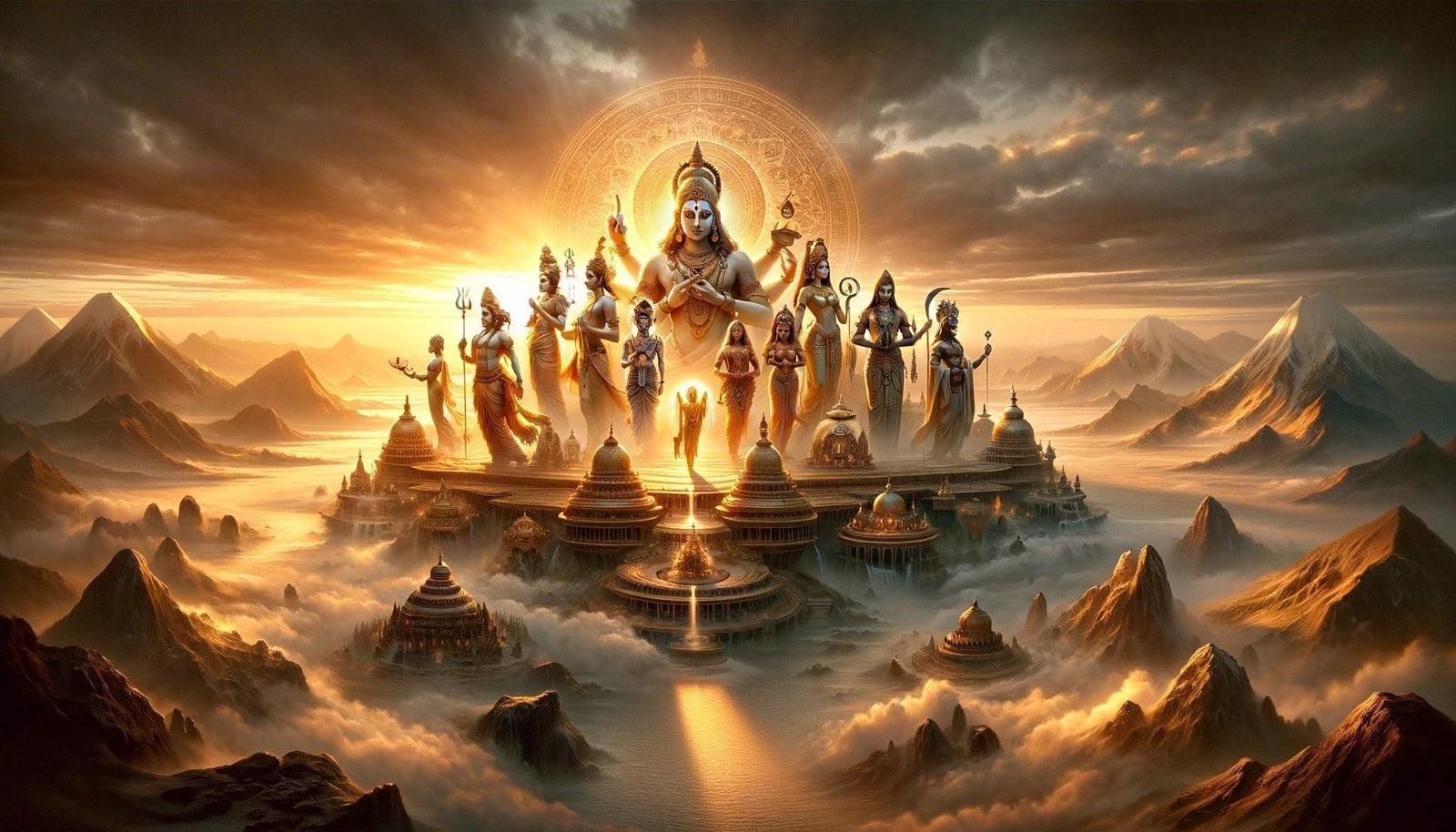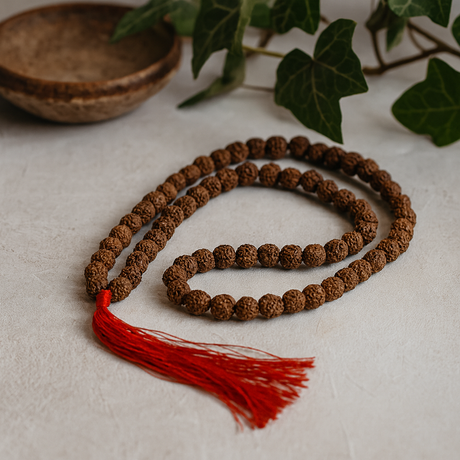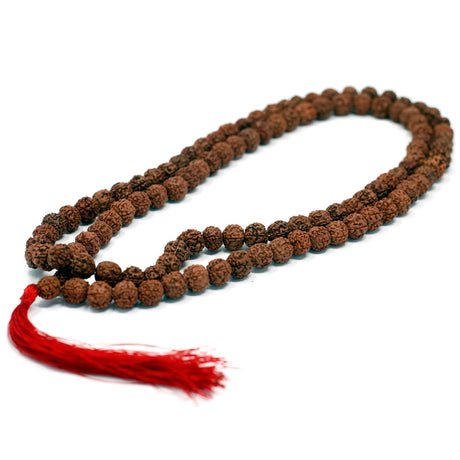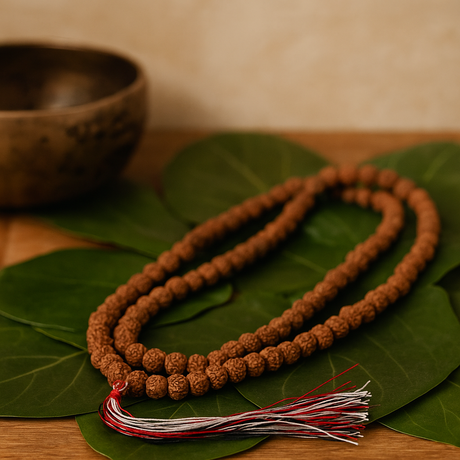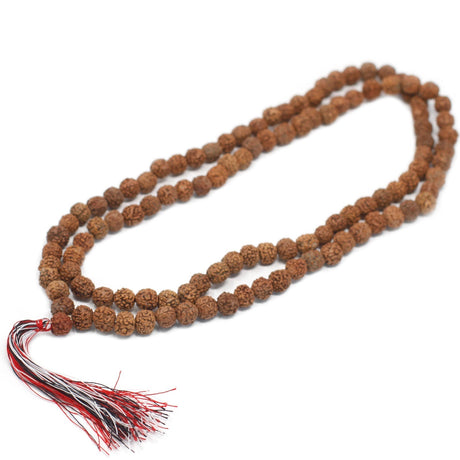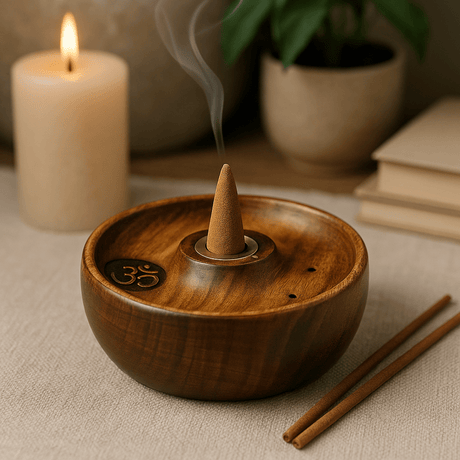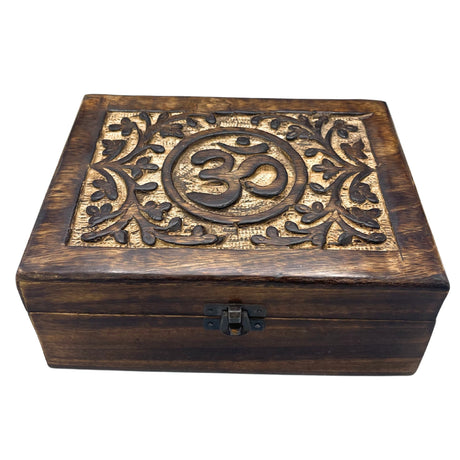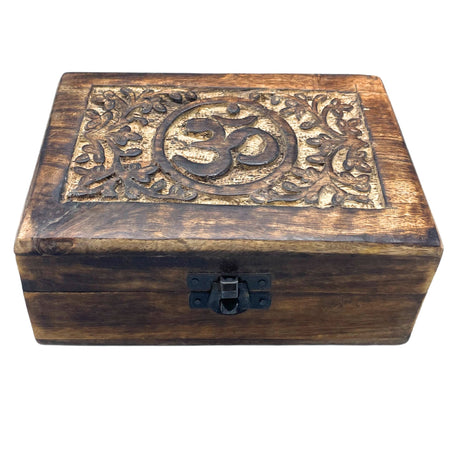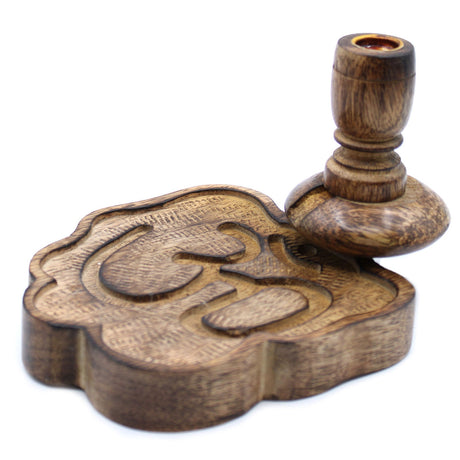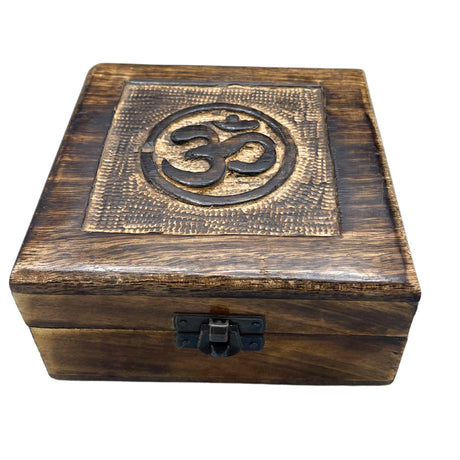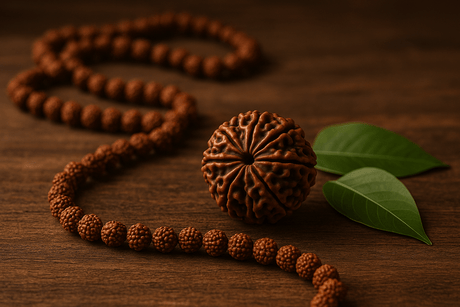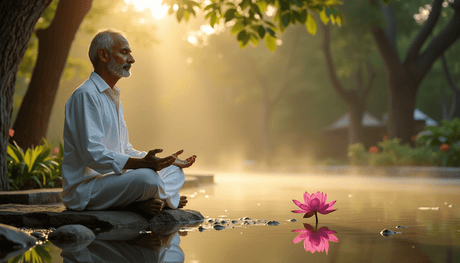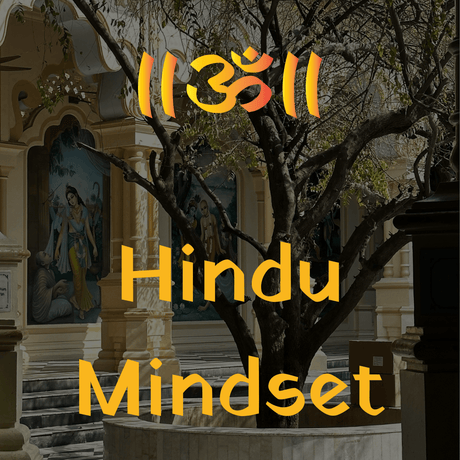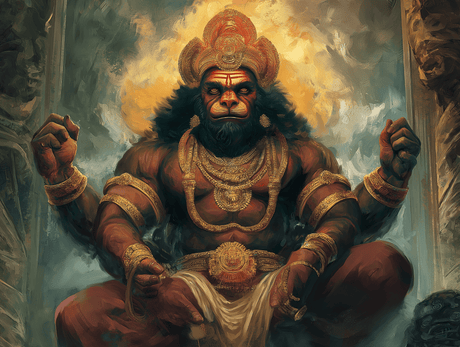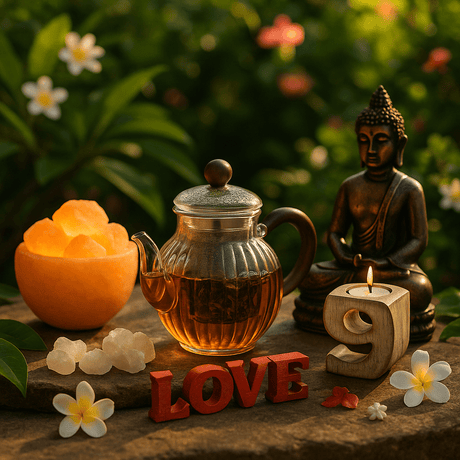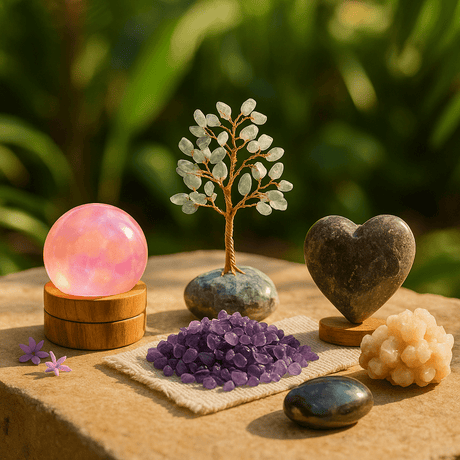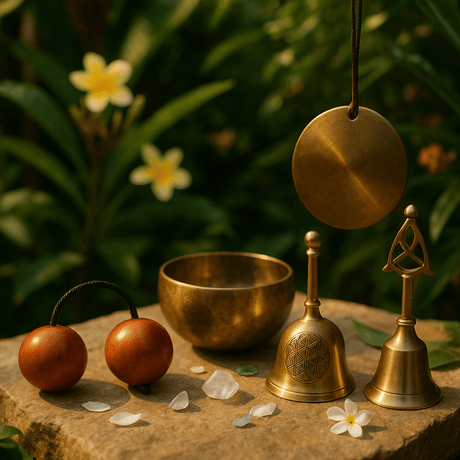Hinduism, a profound fountain of spirituality and divinity, stretches across the Indian subcontinent as its largest religion and holds a prestigious position as the third largest globally. Known as "the eternal law" (Sanātana Dharma), it is revered for being one of the oldest religions in the world, rich with a diverse system of thought, beliefs, and an extensive pantheon of deities.
This article delves into the ten most important deities within Hinduism, shedding light on their significance, roles, and the deep spiritual undercurrents they represent. Whether you're a spiritual seeker, a devotee, or simply curious, join us on a journey through the divine realms of Hindu mythology.
1. Brahma. The Creator 🌸
- Iconography. Four heads, each reading the Vedas.
- Consort. Saraswati, goddess of learning.
- Role. Creator of the universe; first of the Trimurti.
- Significance. Represents the creation aspect of the universe. Despite being a part of the Trimurti, Brahma's worship is less common.
- Alternative Names. Prajapati, Vedanatha, Chaturmukha, Svayambhu, Virinchi.

Biography and Historical Facts. Brahma, one of the Trimurti, symbolizes the universe's creation aspect. His origins tie back to ancient Vedic texts, where he is born from a lotus emerging from Vishnu's navel. Unlike Vishnu and Shiva, Brahma's worship is rare, with few temples dedicated to him, reflecting a unique aspect of Hindu theology where the creator's role is considered complete.
Cultural and Esoteric Significance. Brahma's four heads represent the four Vedas (Rig, Sama, Yajur, and Atharva), highlighting his association with knowledge and the creation of the universe. His consort, Saraswati, underscores the importance of wisdom and learning in creation. In philosophical terms, Brahma's creation is viewed as a cyclical process, reflecting the eternal cycle of creation, preservation, and destruction within the universe.
2. Vishnu. The Preserver 🌊
- Iconography. Reclining on the serpent Shesha, holding a conch, discus, lotus, and mace.
- Consort. Lakshmi, goddess of prosperity.
- Role. Maintains cosmic order; known for his ten incarnations, including Rama and Krishna.
- Significance. Vishnu's incarnations come to restore dharma, making him a central figure in Hindu worship.
- Alternative Names. Narayana, Hari, Vasudeva, Madhava, Govinda, Achyuta, Padmanabha.
![]()
Biography and Historical Facts: Vishnu, central to Vaishnavism, is celebrated for his ten avatars (Dashavatara), which include Krishna and Rama, among others. These incarnations represent the divine's intervention to restore cosmic order and dharma. Vishnu's mythology is richly detailed in ancient texts like the Mahabharata and Ramayana, where his avatars play pivotal roles.
Cultural and Esoteric Significance: Vishnu's role as the Preserver is emblematic of the balance and order necessary for the universe's sustenance. Each avatar addresses a specific challenge or demon threatening cosmic harmony, illustrating the dynamic nature of dharma. The worship of Vishnu and his avatars integrates a wide array of rituals and festivals, making his worship a vibrant part of Hindu practice.
3. Shiva. The Destroyer 🔱
- Iconography. Third eye, blue throat, crescent moon on his head.
- Consort. Parvati, goddess of power.
- Role. Destruction to make way for new creation; part of the Trimurti.
- Significance. Shiva's devotees, Shaivas, consider him supreme. Known for both his destructive and meditative aspects.
- Alternative Names. Mahadeva, Rudra, Bholenath, Nataraja, Maheshwara, Shankara, Bhairava.

Biography and Historical Facts. Shiva is revered across various texts, with the Shiva Purana dedicated to his legends. His abode, Mount Kailash, is a sacred pilgrimage site, symbolizing his transcendental nature. Shiva's diverse forms, such as the tranquil meditator and the fierce Bhairava, capture his complex character.
Cultural and Esoteric Significance. Shiva's destruction is not mere annihilation but a necessary precursor to rebirth and renewal. His dance, the Tandava, symbolizes the cosmic cycles of creation and destruction. The festival of Maha Shivaratri celebrates his cosmic dance and marital bliss with Parvati, reflecting themes of creation, preservation, and destruction.
4. Krishna. The Divine Lover 💖
- Iconography. Dark or blue-skinned, holding a flute, with a peacock feather in his crown.
- Consort. Radha (chief consort), Rukmini (principal wife).
- Role. Supreme deity in his own right; avatar of Vishnu.
- Significance. Embodiment of divine love, joy, and dharma. Central figure in the Bhagavad Gita.
- Alternative Names. Govinda, Madhava, Gopala, Shyamasundara.

Biography and Historical Facts. Krishna is revered as both a god-child, a prankster, a model lover, a divine hero, and the Supreme Being in various texts. His life story is detailed in texts like the Mahabharata, Bhagavata Purana, and Bhagavad Gita. His playful childhood and youth, especially his leelas with the Gopis (milkmaids) of Vrindavan, and his role in the Kurukshetra war, where he delivered the Bhagavad Gita to Arjuna, highlight his multifaceted character.
Cultural and Esoteric Significance. Krishna's teachings in the Bhagavad Gita address the moral and philosophical dilemmas of life, making him a guide for righteous living and devotion (bhakti). His raslila with Radha and the Gopis symbolizes the soul's longing for union with the divine, transcending the physical to reach the spiritual.
5. Rama. The Ideal King 🏹
- Iconography. Bow and arrow in hand, often accompanied by his wife Sita, brother Lakshmana, and devotee Hanuman.
- Consort. Sita.
- Role. Seventh avatar of Vishnu; hero of the Ramayana.
- Significance. Epitome of virtue, bravery, and the dharma of a king.
- Alternative Names. Ramachandra, Maryada Purushottama, Ragunandan.
![]()
Biography and Historical Facts. Rama's life and deeds are primarily recorded in the epic Ramayana. Born to King Dasharatha of Ayodhya, Rama is known for his unwavering adherence to dharma, his exile, the rescue of his wife Sita from the demon king Ravana, and his righteous rule upon returning to Ayodhya.
Cultural and Esoteric Significance. Rama's life serves as a moral compass, embodying the virtues of honesty, fidelity, and righteousness. The celebration of Diwali, marking his return to Ayodhya, symbolizes the victory of light over darkness and good over evil.
6. Durga. The Warrior Goddess 🗡️
- Iconography. Ten-armed, riding a lion or tiger, carrying weapons.
- Role. Mother goddess; embodies feminine power and protection.
- Significance. Celebrated during Navaratri; represents the victory of good over evil.
- Alternative Names. Bhavani, Amba, Chandika, Kali, Mahishasuramardini, Adi Shakti.

Biography and Historical Facts. Durga's emergence was a celestial response to the threat posed by the buffalo demon Mahishasura. Her victories in battles against demons are detailed in texts like the Devi Mahatmyam, illustrating her warrior aspect.
Cultural and Esoteric Significance. Durga Puja celebrates her victory over evil, symbolizing the triumph of good over evil. Her multiple arms carry weapons granted by the gods, representing the combined divine forces against negativity. Durga's worship underscores the empowerment and protective nature of the divine feminine.
7. Kali. The Dark Mother 🌑
- Iconography. Fierce form, dark blue or black skin, tongue out, garland of skulls, standing on Shiva.
- Consort. Shiva.
- Role. Destroyer of evil; goddess of time and change.
- Significance. Embodies the transformative power of destruction, making way for new life.
- Alternative Names. Mahakali, Shyama, Dakshina Kalika, Bhavatarini.

Biography and Historical Facts. Kali is one of Hinduism's most complex goddesses, embodying destruction to combat evil and protect the universe. Her origins are found in the Devi Mahatmyam, where she emerges from Durga to defeat the demons Chanda and Munda.
Cultural and Esoteric Significance. Kali's fearsome appearance symbolizes the destruction of ego and ignorance, leading to liberation. She is worshipped as a powerful mother figure and protector, her rituals emphasizing the cyclical nature of life and death.
8. Lakshmi. Goddess of Wealth 💰
- Iconography. Seated on a lotus, with gold coins flowing from her hands.
- Consort. Vishnu.
- Role. Bestows material and spiritual wealth.
- Significance. Integral to Diwali celebrations; embodiments like Sita and Radha are revered.
- Alternative Names. Padma, Kamala, Sri, Haripriya, Indira, Bhargavi.

Biography and Historical Facts. Lakshmi's significance is ancient, with mentions in early texts like the Rigveda. Her emergence from the ocean during the churning of the Milky Way (Samudra Manthana) symbolizes the manifestation of wealth and prosperity. Lakshmi's association with Diwali, the festival of lights, underscores her importance in bringing wealth and happiness to the devotee's homes.
Cultural and Esoteric Significance. Lakshmi's presence is invoked in homes and businesses, embodying material abundance and spiritual prosperity. Her Ashta Lakshmi forms represent various wealth aspects, including knowledge, strength, and offspring, reflecting a holistic view of prosperity in Hindu culture.
9. Saraswati. Goddess of Knowledge 📚
- Iconography. Holds a book, rosary, pot of water, and veena.
- Consort. Brahma.
- Role. Patroness of arts, music, and speech.
- Significance. Worshiped for wisdom and creativity; celebrated during Vasant Panchami.
- Alternative Names. Vani, Bharati, Sharada, Vagdevi, Gayatri, Savitri.

Biography and Historical Facts. Saraswati's origins trace back to the Rigveda, where she is associated with a river and the concept of purity and flow of wisdom. As the consort of Brahma, her role extends beyond mere learning to encompass the creative essence of the universe.
Cultural and Esoteric Significance. Saraswati is celebrated during the festival of Vasant Panchami, marking the onset of spring. She symbolizes the blooming of nature and the mind's enlightenment, making her worship integral to educational institutions and artistic communities. Her symbolism extends to the purity and perfection of knowledge, transcending mere intellectual attainment.
10. Parvati. Goddess of Power 🏔️
- Iconography. Often depicted alongside Shiva, with two, four, or more arms.
- Consort. Shiva.
- Role. Represents fertility, beauty, harmony, and marital felicity.
- Significance. Parvati's fierce aspects, like Durga and Kali, are worshipped for protection and empowerment.
- Alternative Names. Gauri, Uma, Shakti, Durga, Kali, Ambika, Annapurna.

Biography and Historical Facts. Parvati, daughter of the mountain king Himavan, is Shiva's consort and embodies the gentler aspects of divine feminine power. Her stories in texts like the Devi Bhagavatam illustrate her perseverance in winning Shiva's affection, reflecting the devoted yogini aspect.
Cultural and Esoteric Significance. As the mother goddess, Parvati's forms include Durga and Kali, representing protective and fierce aspects of the divine feminine. Her worship highlights themes of fertility, marital happiness, and devotion, underscoring the balance between gentle care and fierce protection.
11. Ganesha. Remover of Obstacles 🐘
- Iconography. Elephant-headed, with a broken tusk and a modak in hand.
- Role. God of wisdom, prosperity, and remover of obstacles.
- Significance. Invoked at the beginning of ventures and rituals; son of Shiva and Parvati.
- Alternative Names. Vinayaka, Vighneshvara, Ganapati, Ekadanta, Lambodara, Siddhivinayaka.

Biography and Historical Facts. Ganesha's birth stories vary, but his role as the remover of obstacles and patron of arts and sciences is consistent across texts. His elephant head makes him one of Hinduism's most recognizable deities, symbolizing wisdom and intellect.
Cultural and Esoteric Significance. Ganesha Chaturthi, celebrating his birth, is a major festival invoking his blessings for new beginnings and success. His association with wisdom and learning makes him a central figure in educational and cultural institutions.
12. Hanuman. The Devotee 🐒
- Iconography. Monkey-faced, holding a mace and Sanjeevani mountain.
- Role. Devotee of Rama; symbol of strength and devotion.
- Significance. Central figure in the Ramayana; his devotion to Rama is legendary.
- Alternative Names. Maruti, Anjaneya, Pavanputra, Bajrangbali, Sankat Mochan, Mahavira.

Biography and Historical Facts. Hanuman's tales are prominently featured in the Ramayana, where his devotion to Rama is legendary. His supernatural feats, from crossing the ocean to bringing the Sanjeevani herb, highlight his divine powers and unwavering devotion.
Cultural and Esoteric Significance. Hanuman is the epitome of devotion and selfless service. His worship involves reciting the Hanuman Chalisa, reflecting on strength, courage, and devotion's virtues. Hanuman Jayanti celebrates his birth, embodying the power of devotion to overcome all obstacles.
13. Kartikeya. The War God 🏹
- Iconography. Six-headed, riding a peacock.
- Role. Commander of the gods' army; god of war.
- Significance. Worshiped for courage and protection; brother of Ganesha.
- Alternative Names. Skanda, Murugan, Subrahmanya, Shanmukha, Kumara, Guha.
![]()
Biography and Historical Facts. Kartikeya, also known as Murugan or Skanda, is Shiva and Parvati's second son. His birth was divine intervention to defeat the demon Taraka, reflecting his warrior aspect. He is particularly revered in South India and Sri Lanka, where his worship is prominent.
Cultural and Esoteric Significance. Kartikeya's peacock mount symbolizes the conquest of pride and ego, while his spear (vel) represents spiritual insight. His festivals, like Skanda Sashti, celebrate his victory over evil, emphasizing valor and purity.
14. Radha. The Eternal Beloved 💐
- Iconography. Depicted with Krishna, often in a garden setting or dancing; usually seen wearing a bright sari and adorned with flowers.
- Consort. Krishna.
- Role. Embodiment of supreme love and devotion.
- Significance. Represents the soul's devotion and love towards the divine.
- Alternative Names. Radhika, Radharani, Kishori, Shyama.

Biography and Historical Facts. Though not much is known about Radha's life, she is considered by many traditions to be an avatar of Goddess Lakshmi. Her love story with Krishna is celebrated in numerous poetic works and songs, making her an integral part of Krishna worship, especially in the Vaishnavism tradition.
Cultural and Esoteric Significance. Radha's love for Krishna goes beyond the physical, symbolizing the soul's intense longing and unconditional devotion to the divine. She is revered as the ideal devotee, her love and devotion a model for all spiritual seekers.
15. Kuber. The Lord of Wealth 💰
- Iconography. God of wealth, depicted with a pot of money and a club, often riding a man.
- Role. God of wealth, treasurer of the gods.
- Significance. Guardian of the world's treasures; patron of wealth and prosperity.
- Alternative Names. Dhanapati, Yaksharaja, Vaisravana, Nara-vahana.

Biography and Historical Facts. Kuber is revered as the god of wealth and the king of the semi-divine Yakshas. His stories are mentioned in various Hindu scriptures, including the Ramayana and Mahabharata, where he is depicted as a protector of the world's treasures.
Cultural and Esoteric Significance. Kuber symbolizes material prosperity and wealth management. His worship is often sought by those aspiring for financial stability and abundance, reflecting the importance of ethical wealth accumulation and distribution in Hindu dharma.
Conclusion
The pantheon of Hindu deities serves as a mirror to the vast and profound spiritual landscape of Hinduism. Each deity, with their unique attributes and stories, invites us into a deeper understanding of the divine and ourselves. As we explore their realms, we uncover the eternal truths that guide humanity towards enlightenment and liberation. Let their divine light inspire your path, whether through meditation, ritual, or the pursuit of knowledge and justice.
In your spiritual journey, may you find the guidance, protection, and blessings of these ten important Indian deities. Explore their symbols and teachings in your daily life, and may their divine presence illuminate your path to spiritual growth and fulfillment.
